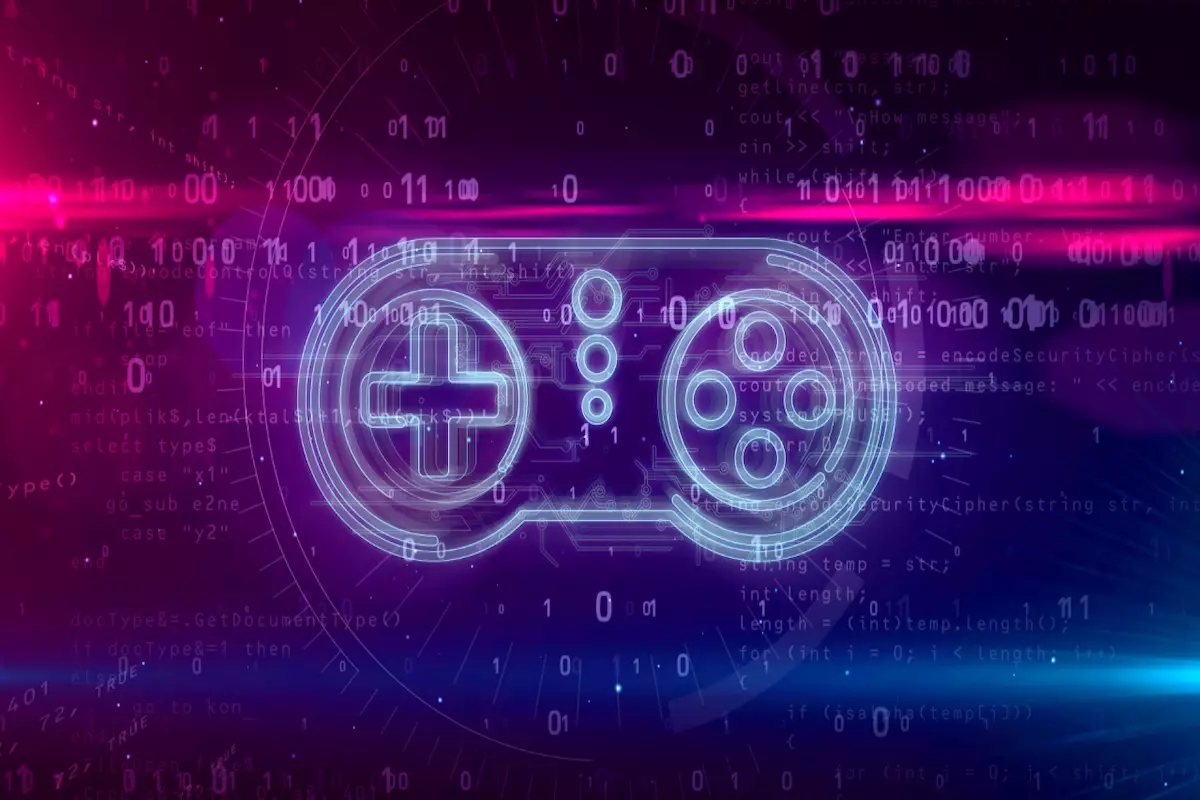In recent years, the gaming industry has witnessed a groundbreaking shift with the introduction of Play-to-Earn (P2E) models. Unlike traditional gaming setups where players invest time and resources without any tangible returns, P2E games enable players to earn real-world value through their in-game activities. This innovative approach is underpinned by blockchain technology, which allows players to own, trade, and monetize their in-game assets as non-fungible tokens (NFTs). Consequently, players gain true ownership of their digital assets and can engage in cross-platform trading, enhancing both the value of the game and the player experience.
The foundation of a successful P2E game lies in a thorough understanding of the target audience and the gaming market at large. Before diving into game development, it is essential for creators to identify who their players are and what motivates them to engage with games. This involves analyzing demographic data, gaming preferences, and spending behaviors to tailor the gameplay experience adequately. Striking a delicate balance between entertainment and earning potential is vital. Gameplay must not only provide enjoyment but also integrate earning mechanics seamlessly to encourage player retention.
Next, choosing the appropriate blockchain is crucial for ensuring the scalability and security of in-game transactions. Developers must evaluate the environmental impact of various blockchain platforms, opting for those that are energy-efficient and sustainable. The implementation of smart contracts is essential, as they secure in-game transactions and automate various interactions between players and the game environment. This technology provides players with assurances regarding the integrity of their assets and transactions, fostering a trustworthy ecosystem.
Economics play a pivotal role in P2E games. Creating a sustainable tokenomics model requires developers to establish in-game currencies and assets carefully. Proper planning can help mitigate inflation risks and maintain the overall value of tokens. Techniques such as token burns or staking can be effectively employed to regulate the economy and engage players further. Additionally, developers might opt for dual token systems—differentiating between in-game currency and governance tokens—to stabilize the in-game economy. Understanding how these models operate is essential for retaining players and ensuring the game’s longevity.
As the popularity of P2E games grows, so does the need for compliance with regional regulations regarding cryptocurrency and NFTs. Developers must remain vigilant and informed about the legal landscape surrounding gaming, crypto transactions, and player protection laws. Addressing potential issues related to gambling and ensuring player safety is essential for fostering trust within the gaming community. Transparency in operations will benefit developers in the long run, as players feel more secure engaging with a compliant platform.
The integration of blockchain technology can be daunting for non-technical players. Thus, developers should focus on creating smooth, intuitive interfaces that facilitate easy onboarding for new users. Streamlining the user experience will minimize barriers to entry and encourage wider adoption of P2E games. Providing educational resources and robust support channels can further enhance player confidence and engagement.
Community is paramount in the gaming industry, especially for P2E games where player feedback can significantly improve gameplay experiences. Developers should actively engage with their community to build loyalty and gather insights. Regular events and incentives can keep the player base engaged and attract newcomers. Timely updates and essential content shifts will help maintain player interest and diversify the game experience.
The future of P2E gaming is intrinsically tied to technological advancements and shifting player preferences, such as the rise of augmented reality (AR) and mobile gaming. Staying attuned to these trends allows developers to innovate and adapt their games accordingly. By exploring new technologies and understanding evolving player expectations, developers can craft experiences that remain relevant and enjoyable.
While developing P2E games presents its own set of challenges—including technical hurdles and regulatory compliance—the potential benefits make it an exciting venture for developers. As technology progresses and the gaming community becomes more comfortable with blockchain integrations, the future of Play-to-Earn games looks bright. By prioritizing user experience, understanding economic models, and committing to community engagement, developers can create not only enjoyable but also sustainable P2E games that resonate with players worldwide. In this fast-evolving landscape, staying proactive and adaptable is the key to thriving.

